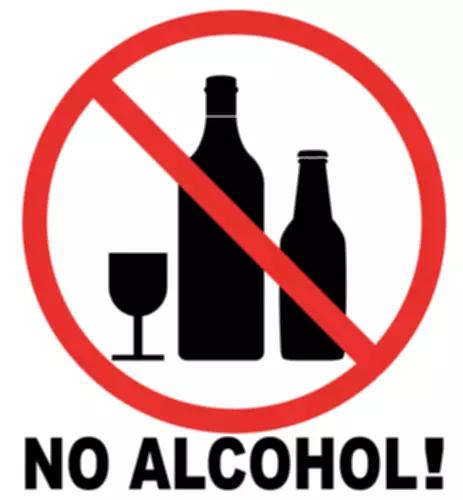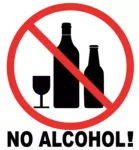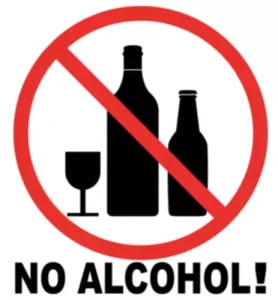
The journey of recovery, whether from addiction, trauma, or other life adversities, often requires a multifaceted approach. Art therapy offers a non-judgmental space for these adults to confront their past, visualize their future, and reimagine their narrative. If you’re looking for more science-based ways to help others through CBT, this collection contains 17 validated positive CBT tools for practitioners. Use them to help others overcome unhelpful thoughts and feelings and develop more positive behaviors. The best place to get started with expressive arts, is by learning more about it. Have a look at the following selection of courses, spread out over the globe.
Don’t Let Financial Worries Stop You from Getting Treatment

Drug addiction painting sessions, for instance, can help individuals visually represent their struggles and triumphs, creating powerful narratives of recovery. Spill art therapy ideas for adults in recovery out on paper with the help of paints all negative emotions in relation to any person or event. This exercise helps to remove negativity and teaches you to understand your emotional state. Place diluted watercolor paint in a cocktail straw and blow onto a piece of paper. From now on, thoughts of love, not pain, live inside you. If you are experiencing physical discomfort, draw a picture of the spasm.

Physical and Mental Relaxation

For this activity, you will need drawing pencils, ink pens, felt pens, colored pencils, pastels, chalks, crayons, acrylic and/or water paints, and brushes. This activity can be conducted with an individual or in a group. Mandala making or coloring can be a wonderfully meditative exercise for emotional expression, centering, and self-soothing. Collage can be used to make emotionally expressive images using cut-outs, photos, paints, and felt pens.
Draw a Zentangle
The benefits of creative expression in addiction treatment are manifold. It reduces stress, anxiety, and depression – common triggers for relapse. Art-making also boosts self-esteem and self-awareness, crucial components in building a strong foundation for long-term recovery. Moreover, the sense of accomplishment that comes from creating something tangible can be incredibly empowering for individuals who may have lost faith in their abilities. While art therapy can be incredibly beneficial, it’s not without its challenges. One common hurdle is resistance to creative activities.
- Use them to help others overcome unhelpful thoughts and feelings and develop more positive behaviors.
- While personal artistic exploration can be deeply introspective and fulfilling, there’s a profound magic in creating collectively.
- Unlike the collaborative nature of murals, in this activity, each participant creates their own standalone artwork based on a shared theme.
- In fact, studies have shown that art as a way to recover from SUD can be incredibly effective.
Recovery lasts a lifetime, and it can thus be a lengthy journey, but it’s a journey worth taking. Art is just one of the powerful tools you can use to improve your recovery journey and prepare to move forward into a life free from substance use. Measuring and evaluating the effectiveness of art https://ecosoberhouse.com/ therapy in addiction recovery presents another challenge. While anecdotal evidence abounds, quantitative research in this field is still evolving. Tailoring art therapy approaches to individual needs and preferences is crucial for its effectiveness. What works for one person may not resonate with another, so flexibility and a diverse toolkit of techniques are essential.

Digital art therapy is gaining traction, particularly among tech-savvy individuals. This might involve creating digital collages, experimenting with graphic design software, or even exploring virtual reality art platforms. The advantage of digital art therapy is its accessibility and the ability to easily modify and iterate on creations. They get the opportunity to define and redefine their meaning around a given stressor or problem in order to work toward healing. When they are finished, ask them to explain how their bridge drawing represents the difficult life transition portrayed in the art. Ask processing questions to further explore their drawing.
- From the canvas to the clay, each medium serves as a silent confidante, bearing witness to the stories, emotions, and reflections of its creator.
- You can notice your creative output evolve as you reconnect with your innermost thoughts and feelings.
- Move all 5 rows this way, going further into the future each time.
- This activity is again suitable for individuals or a group and involves slowing down through mindfully looking at photos to relieve stress through appreciation.
- However, art therapy alone isn’t enough to treat drug and alcohol addiction.
Ask them how their meaning has shifted and how their new frame will serve them. She found respite in her heroin use, and fully escaped the only way she knew how. This method of escape pulled in much-needed supports for her and her family. She ultimately stepped back into her parent role, surrounded by a supportive community. When you assess that a client’s view of their situation is self-defeating, it can be really helpful to walk them toward a reframe.


